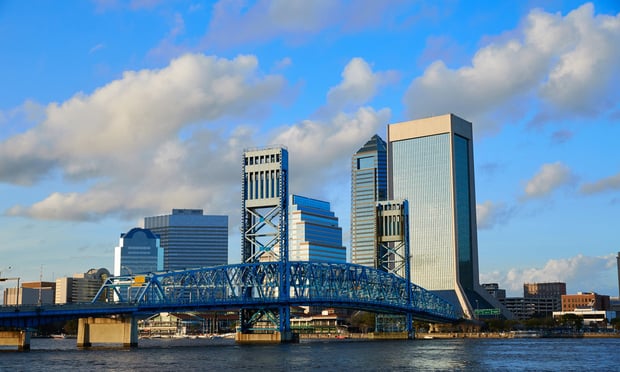Recently, Noah Shaffer, senior director of asset management for Confidant Asset Management, has had a front-row seat for the bankruptcies of restaurant chains Lucky's Market and Krystal and the struggles of retailers like Pier One.
From those experiences, Shaffer has learned that there are four signs net lease landlords can look for to determine if their tenant is in trouble.
"If it's a public company and they report sales and corporate financials, I look for a couple of things," Shaffer says. "One, how much debt did they have at this time last year on their balance sheet? Is that increasing? And if so, is it a strategic play and they're doing it intentionally, which is a good thing possibly, or do they not have the cash to cover ongoing payments."
Lacking money to cover payments isn't a good thing. "Pier One was a good example of this," Shaffer says. "Eighteen months ago, their balance sheet looked pretty good. They had cash and reserves, and they didn't have a lot of debt, but that slowly deteriorated. Over the next six months, cash was depleting, and they started tapping their lines of credit with their banks. So that was concerning."
Pier One started closing stores, which Shaffer says is the second warning sign that a retailer is in trouble. "If they're taking on more debt and closing stores, that's not a good recipe," Shaffer says. Even if tenants don't post publicly available financial information, there are things landlords can do to monitor their health. "Sometimes, you can find out the store sales from the [local] manager," Shaffer says.
Other signs of trouble are more readily apparent.
Lucky's Market hired construction firms to perform renovations at a lot of its stores in the Tampa area before it ran into problems, according to Shaffer. But the crews stopped showing out for work, which is the third sign a retailer is in trouble, according to Shaffer.
"Back in November and December, the people that were doing the build-outs for these tenants just stop showing up, which is an indication they're not being paid," Shaffer says.
The fourth sign that a retailer is in trouble is turnover, according to Shaffer. For "Employee turnover is high at these companies," Shaffer says. "Some of it [at public companies] is announced."
At a Krystal that CAM was managing in Tampa, Shaffer says he would see three store managers shuttle through during a five-month period. "Part of that is probably the labor market. But if they feel good about growth within the company and staying at that store for the long term, they're not changing jobs every two months," he says. "They went in there, discovered that location would probably be closing and moved on to other things."
Want to continue reading?
Become a Free ALM Digital Reader.
Once you are an ALM Digital Member, you’ll receive:
- Breaking commercial real estate news and analysis, on-site and via our newsletters and custom alerts
- Educational webcasts, white papers, and ebooks from industry thought leaders
- Critical coverage of the property casualty insurance and financial advisory markets on our other ALM sites, PropertyCasualty360 and ThinkAdvisor
Already have an account? Sign In Now
*May exclude premium content© 2024 ALM Global, LLC, All Rights Reserved. Request academic re-use from www.copyright.com. All other uses, submit a request to [email protected]. For more information visit Asset & Logo Licensing.









